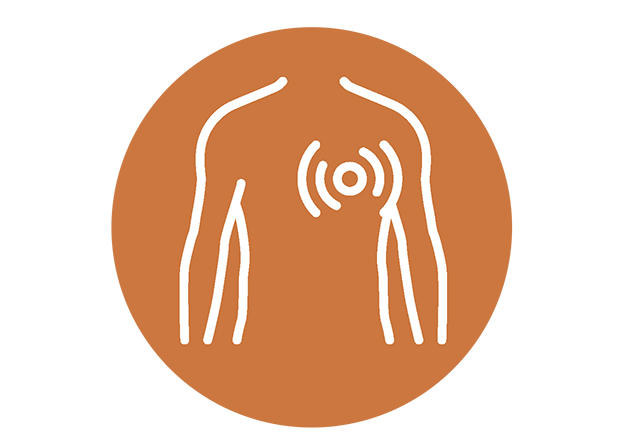Imaging Appropriateness Criteria: Coronary Computed Tomography Angiography

Coronary artery disease affects 18 million adults in the United States each year. In patients with stable chest pain, a standard exercise treadmill or nuclear medicine stress test have traditionally been the mainstay of diagnostic testing. A growing body of evidence demonstrates that use of coronary computed tomography angiography for patients with stable chest pain can improves outcomes without an increase in interventional procedures, through improved medical management and optimized percutaneous coronary interventions. Cardiac events and emergency department visits are decreased. Additionally, coronary CTA use can decrease cost of care through reductions in downstream testing and hospital admissions.
Johns Hopkins University School of Medicine (JHUSOM) is one of only 22 qualified provider-led entities designated by CMS to develop appropriate use criteria for their advanced imaging regulation, which includes imaging for patients with coronary artery disease. A multispecialty committee of physicians evaluated the evidence from a systematic literature review to design AUCs for advanced imaging, as detailed in the table below. A complete diagnostic imaging guideline is available in Epic (search for Guidelines), through which orders can be placed.
| Title | Clinical scenario 1: Low pretest probability and able to perform ETT | Clinical scenario 2: Intermediate pretest probability and able to perform ETT | Clinical scenario 3: High pretest probability and able to perform ETT | Clinical scenario 4: Low pretest probability and unable to perform ETT | Clinical scenario 5: Intermediate pretest probability and unable to perform ETT | Clinical scenario 6: High pretest probability and unable to perform ETT |
|---|---|---|---|---|---|---|
| Definition | All of the following • able to exercise • EKG interpretable • low pretest probability of CAD | All of the following • able to exercise • EKG interpretable • intermediate pretest probability of CAD | All of the following • able to exercise • EKG interpretable • high pretest probability of CAD | All of the following • unable to exercise OR EKG interpretable or abnormal • low pretest probability of CAD | All of the following • unable to exercise OR EKG interpretable or abnormal • intermediate pretest probability of CAD | All of the following • unable to exercise OR EKG interpretable or abnormal • high pretest probability of CAD |
| Consistent with AUC | • Coronary CTA | • Coronary CTA • Nuclear Medicine MPI • Stress MRI • Stress echocardiography | • Coronary CTA | • Coronary CTA | • Coronary CTA • Nuclear Medicine MPI • Stress MRI • Stress echocardiography | • Coronary CTA |
| Allowable by AUC | • Exercise Treadmill Test | • Stress Echocardiography | • Nuclear Medicine MPI • Stress MRI • Stress echocardiography • Cardiac PET | • Cardiac PET | • Nuclear Medicine MPI • Stress MRI • Stress echocardiography • Cardiac PET | |
| Does not meet AUC | • Nuclear Medicine MPI | • Coronary artery calcium screening | • Coronary artery calcium screening | • Coronary artery calcium screening | • Coronary artery calcium screening | • Coronary artery calcium screening |
Reference:
England R, Sheikhbahaei S, Solomon A, Zadeh A, Solnes L, Bronner J, Johnson PT, When more is better: Underused advanced imaging exams that can improve outcomes and reduce cost of care. American Journal of Medicine in press.
This work is intended for use to assist hospital and healthcare audiences; however, Johns Hopkins makes no representations or warranties concerning the content or clinical efficacy of this work, its accuracy or completeness. Johns Hopkins is not responsible for any errors or omissions or for any bias, liability or damage resulting from the use of this work. This work is not intended to be a substitute for professional judgment, advice or individual root cause analysis.
